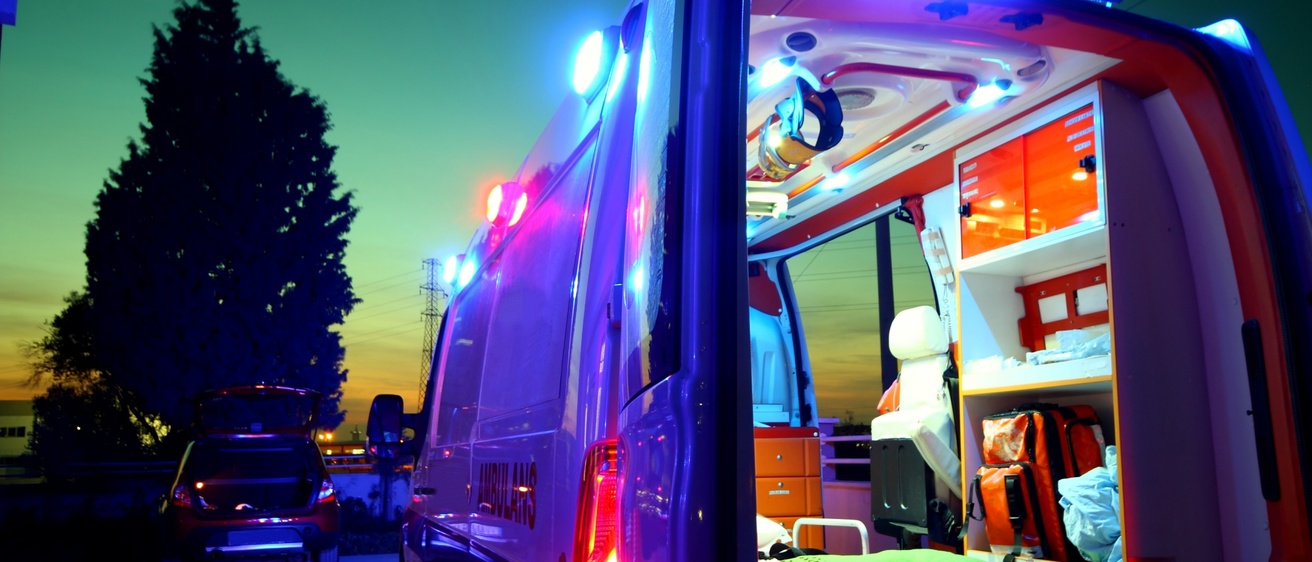A researcher at the University of Iowa recently participated in a unique project to improve safety for emergency medical technicians (EMT).
Semin Park, assistant professor of management and entrepreneurship in the University of Iowa’s Tippie College of Business, participated in a hackathon where researchers from numerous fields used their subject-matter expertise to brainstorm ideas to reduce attacks on EMTs.
Park says that more and more EMS providers report being the targets of verbal or physical violence when they respond to emergency calls. More than 900,000 Americans work as paid or volunteer EMS responders, and she says studies show more than 57 percent of them report having been attacked while on a call.
The physical attacks range from spitting to scratching, biting, punching, and even being hit with an object. While injuries tend to be minor—mostly bruises or contusions—some attacks result in serious injury and even death. Park says a 2013 study found that 8 percent of EMT fatalities occurred as a result of physical attack.
While EMT agencies have policies and procedures to protect responders, Park says none are based on evidence or data. Researchers wanted to help develop more useful solutions through a “HACKmanATHON,” a hackathon named after Richard Hackman, a prominent researcher in the field.
They borrowed the model from technology industry events where experts from multiple fields get together and use data and evidence to brainstorm solutions to problems. This hackathon brought together 15 researchers from multiple academic fields. They were divided into three teams of five, each coming up with one idea. Park’s team developed a proposal that would increase multi-agency training to build more cohesion between EMTs, police, and firefighters. She says their research found EMTs often put themselves into dangerous situations without proper backup from firefighters or police officers. The researchers’ evidence suggests more effective training could change the EMT culture so they work more closely with other first responders.
Other hackathon ideas included:
--a training program to increase EMT’s situational awareness so they can more accurately assess risk at the scene of the emergency, manage and de-escalate conflict, and eliminate distractions.
--a virtual reality training system using readily available, low cost technology that puts EMTs in simulated emergency settings.
The results of the hackathon were published in the journal Small Group Research and are online at https://journals.sagepub.com/doi/full/10.1177/1046496419876342.
Media contact: Tom Snee, tom-snee@uiowa.edu, 319-541-8434
